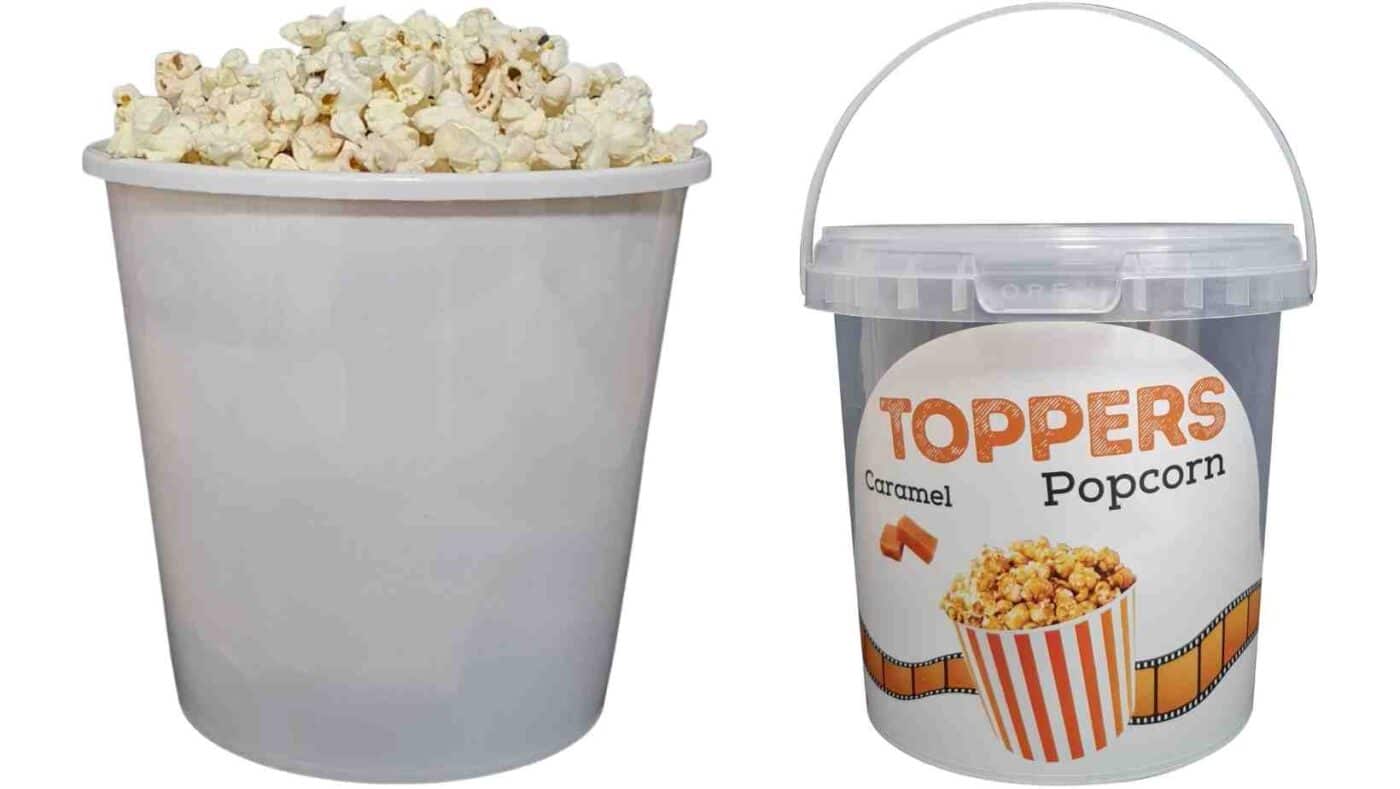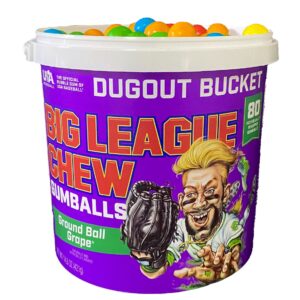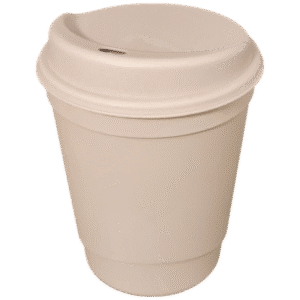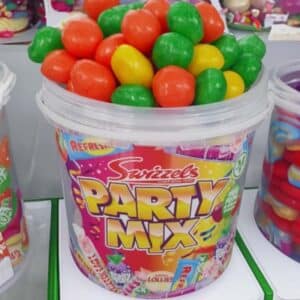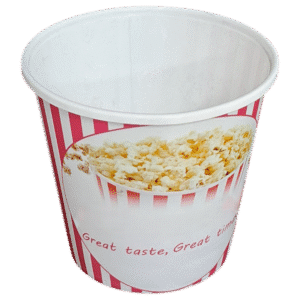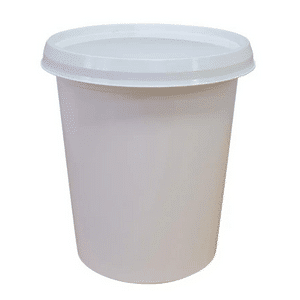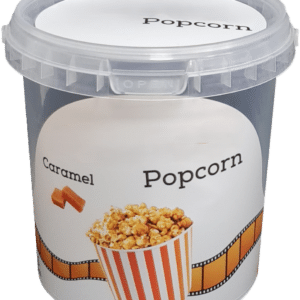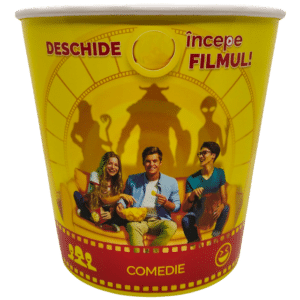Popcorn has been a popular snack in North America for centuries, but it wasn’t until the late 19th century that it began to be sold commercially in theaters, circuses, and fairs. At first, popcorn was served in simple paper bags, which were cheap and easy to produce. However, as the movie industry grew in the early 20th century, theaters began to look for ways to make their concessions stand out and attract customers.
Table of Contents
Made of Cardboard
The first popcorn boxes were made of cardboard and featured colorful designs and advertising slogans. They were a hit with movie-goers, who enjoyed the novelty of having their popcorn served in a special container. However, cardboard boxes had some drawbacks – they could easily get soggy if the popcorn was buttered, and they didn’t hold very much popcorn.
And Stage Plastics
In the 1950s, a new material entered the scene: plastic. Plastic was durable, lightweight, and could be molded into a variety of shapes and sizes. It was a perfect fit for the emerging fast food industry, which was looking for ways to serve food quickly and efficiently. Plastic popcorn buckets soon followed, and quickly became a fixture in movie theaters across the country.
The first examples were simple, unadorned containers with a handle and a lid. They were designed to be reusable, which made them more environmentally friendly than the disposable cardboard boxes of the past. As time went on, however, popcorn buckets became more elaborate and decorative. Movie theaters began to commission custom designs featuring their logos and branding, and collectors began to seek out rare and unusual buckets.
Today, plastic popcorn containers are a ubiquitous presence in movie theaters, amusement parks, and other venues where popcorn is sold. They come in all shapes and sizes, from small single-serving containers to giant buckets that can hold several gallons of popcorn. Some even light up or play music!
While plastic popcorn buckets have their detractors, who argue that they contribute to plastic pollution and waste, there’s no denying that they are an iconic part of American culture. They represent the perfect combination of snack food, entertainment, and nostalgia, and are sure to remain a beloved part of the movie-going experience for years to come.
Why are they so popular?
The popularity of this products can be attributed to several factors. First, they are durable and long-lasting, which makes them a cost-effective choice for movie theaters and other businesses that sell popcorn. Second, they are customizable, which allows theaters to create unique designs that reflect their brand and personality. Finally, they are a fun and memorable part of the movie-going experience, and are often sought out by collectors and fans.
However, plastic popcorn buckets are not without their drawbacks. They are made from non-renewable resources, and can take hundreds of years to decompose in a landfill. They can also be difficult to recycle, as they are often made from multiple types of plastic. Some people argue that the environmental impact of plastic popcorn buckets outweighs their benefits, and that alternatives like paper or compostable containers should be used instead.
Despite these concerns, plastic popcorn buckets remain a popular choice for movie theaters and other businesses that sell popcorn. They are an example of how innovation and creativity can transform a simple snack into a cultural icon. Whether you love them or hate them, there’s no denying that plastic popcorn buckets are an important part of the history of popcorn and the movie industry.
Our Popcorn Buckets and Containers
As Divan Packaging, we produce quality plastic and cardboard; reusable and customizable popcorn buckets and containers. You can reach these containers that we sell wholesale by clicking here.
-
 DYK2635: 85 oz Candy Bucket with Lid
DYK2635: 85 oz Candy Bucket with Lid -
 DPB301: 8 oz Drinking Cup
DPB301: 8 oz Drinking Cup -
 DPAP4140: 130oz Paper Bucket
DPAP4140: 130oz Paper Bucket -
 DYK2635: 85 oz Snack Bucket with Lid
DYK2635: 85 oz Snack Bucket with Lid -
 DYF2500: 85oz Plastic PopCorn Bucket with Lid
DYF2500: 85oz Plastic PopCorn Bucket with Lid -
 DYF850: 28 oz Cup with Lid
DYF850: 28 oz Cup with Lid -
 DYK1100: 38 oz Bucket & Lid with Handle
DYK1100: 38 oz Bucket & Lid with Handle -
 DYK3000: 100oz Bucket & Lid
DYK3000: 100oz Bucket & Lid -
 DSV2500: 85 oz Round Chips and Popcorn Bucket & Lid
DSV2500: 85 oz Round Chips and Popcorn Bucket & Lid

